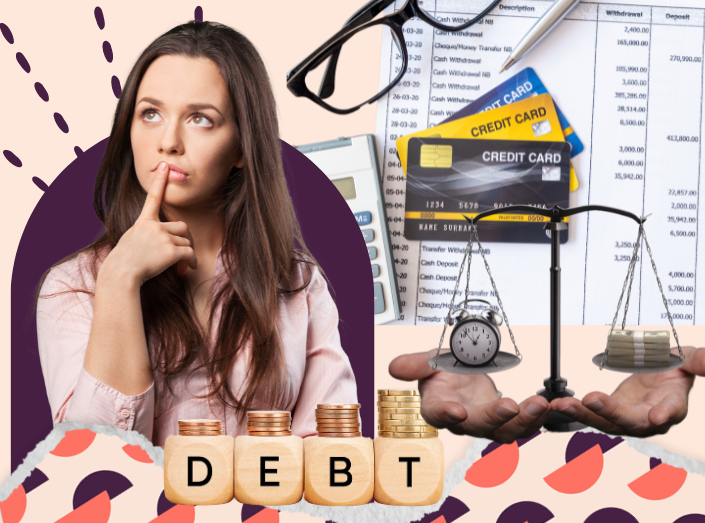Debt often gets a bad rap, but not all debt is created equal. Knowing the difference between good and bad debt is crucial for making smart financial decisions. Here’s a closer look at what sets them apart and how each impacts your financial health.

What is Good Debt? 👍
Good debt is an investment that increases in value or generates long-term income, ultimately boosting your financial situation.
Mortgage Loans: Buying a home is considered good debt. Real estate typically appreciates over time, building equity. Plus, mortgage interest is often tax-deductible. For example, if you buy a house for £200,000 and it appreciates by 3% annually, in 10 years, it could be worth approximately £268,783.
Student Loans: Education is an investment in your future earning potential. Graduates generally earn significantly more over their lifetimes than those without a degree.
Business Loans: Borrowing to start or expand a business can be good debt if the business generates enough income to cover the loan payments and make a profit.
What is Bad Debt? 👎
Bad debt involves borrowing money to purchase depreciating assets or items that don’t generate income, which can harm your financial health.
Credit Card Debt: High-interest credit card debt, often used for everyday expenses or discretionary spending, leads to significant interest charges. In the UK, the average credit card interest rate is around 21.49% per year. High balances can quickly grow due to compound interest, making them difficult to pay off.
Auto Loans: Cars typically depreciate in value. Taking a large loan to purchase a new car means you owe more than the car is worth almost immediately.
Personal Loans for Non-Essential Spending: Loans for vacations, luxury items, or non-essential purposes can lead to financial instability and disrupt personal finance. These loans do not generate future income and often come with high-interest rates.

Avoid Debt Overload: Smart Financial Planning
While some debt can be beneficial, it’s crucial to manage both types wisely.
- Budgeting: Create a budget to track income and expenses, ensuring you can comfortably manage your debt payments.
- Emergency Fund: Build an emergency fund to cover unexpected expenses, reducing the need to rely on high-interest debt.
- Debt Repayment Strategies: Focus on paying off bad debt first due to its high-interest rates. Consider strategies like the debt snowball (paying off the smallest debts first) or the debt avalanche (paying off the highest-interest debts first).
Understanding the difference between good and bad debt can help you make more informed financial decisions. By managing your debt wisely, you can leverage good debt to your advantage and minimize the impact of bad debt on your financial health.
***
👀 Ready to take better control of your finances?
Our weekly coaching calls is a safe space where you can ask your specific financial and investing questions.
Our members have often thought about investing for some time and having our tight-knit community and expert Olga Miler on hand helps women "push the button"
This Monday, we offer you the chance to ask your questions and join our VIP coaching call for FREE! 💸

BOOK YOUR CALL NOW